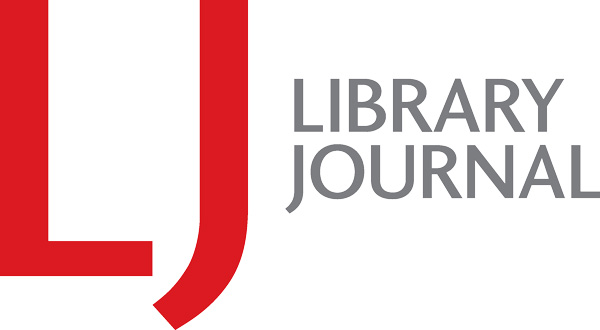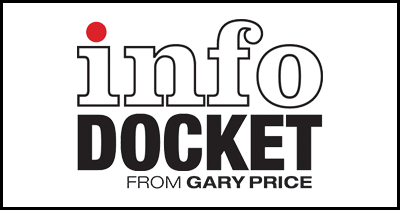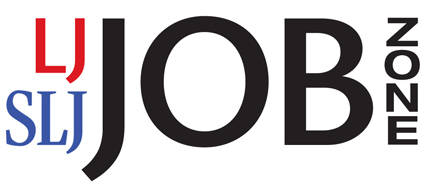Report: New Research From SHLB and OTI Finds Extending School, Library Networks Key to Connecting Households
From the Schools, Health & Libraries Broadband Coalition (SHLB):
Today, the Schools, Health & Libraries Broadband (SHLB) Coalition and New America’s Open Technology Institute (OTI) released a new report and case studies demonstrating the effectiveness of connecting low-income students and households to the internet by extending school, library, and other “anchor institution” networks into the community.
The economic study, conducted by Dr. Raul Katz of Telecom Advisory Services, finds that building broadband networks “to-and-through” anchor institutions is often the most cost-effective and financially sustainable option to connect students in rural and underserved areas, challenging a narrative that claims this approach is too costly. The case studies show that both large and small school districts, including Council Bluffs (IA) and Fresno (CA), are using a variety of wireless technologies and partnerships to permanently close the homework gap.
During the pandemic, an estimated 15 to 17 million students were cut off from remote learning due to a lack of home connectivity. In response, SHLB, OTI and other advocates petitioned the Federal Communications Commission (FCC) to allow off-campus use of services funded by E-Rate and permit local schools and libraries to use these funds to directly connect student households to affordable broadband. While Congress recognized this opportunity by creating the $7.17 billion Emergency Connectivity Fund (ECF) in the spring of 2021, these funds were largely limited to the purchase of monthly internet subscriptions, such as mobile hotspots. Some argued that this was a more cost-effective use of ECF funding than the “To-and-Through” approach championed by SHLB and OTI.
Today’s report and accompanying case studies of 12 school and community networks offer a key revelation for policymakers and advocates as we look to make the most of last year’s historic $60 billion investment in closing the digital divide: Building broadband to-and-through anchor institutions is often the most financially sustainable and effective option for connecting students and unserved households. The case studies describe how changes in wireless technology allow anchor institutions to become hubs for extending affordable internet service to the surrounding community, often by partnering with the private sector.
Direct to Access Full Text Report and Case Studies
About Gary Price
Gary Price (gprice@gmail.com) is a librarian, writer, consultant, and frequent conference speaker based in the Washington D.C. metro area. He earned his MLIS degree from Wayne State University in Detroit. Price has won several awards including the SLA Innovations in Technology Award and Alumnus of the Year from the Wayne St. University Library and Information Science Program. From 2006-2009 he was Director of Online Information Services at Ask.com.


